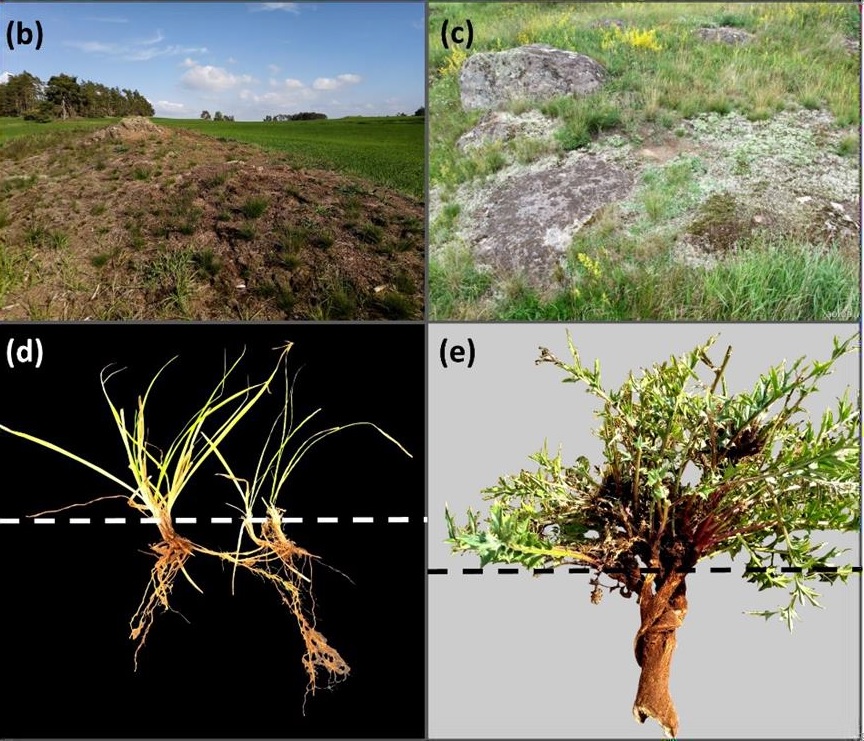Local persistence of plant species on edaphic islands: insights from a functional island biogeographic approach
El conferencianente nos ilustrará sobre las estrategias vitales de las plantas que les permiten pemanencer en habitan islas edáficas
Summary of the talk
Strategies that may promote plant on-spot persistence, hence possibly offsetting local extinction risk, remain underexplored in insular systems. Studying relationships between insularity and persistence-related traits may therefore provide key insights into which strategies may boost or hinder local persistence of individual plants, populations or entire assemblages. To test this idea, we focused on edaphic islands as model system. We examined how traits of plants specialized to these “special environments” – defined by patchy distribution of discrete bedrocks or distinct soil conditions in a landscape (e.g. serpentine) – relate to insularity metrics. We expected that, at the assemblage level considering interspecific differences, insularity promotes individual persistence abilities (e.g. enhanced clonality, large and protected bud bank, heavy seeds) while reducing trait variability towards fine-tuned values (i.e. more similar traits), and we found widespread support across three different edaphic island systems. At the intraspecific level, we collected field-data for persistence-related traits, microclimate and soil parameters within one edaphic island archipelago, namely for plants specialized to temperate dry grasslands associated with resource-poor shallow soils of granite outcrops (Moravia, Czechia). We hypothesized that persistence-related traits of plants will be tightly linked to insularity and soil, while microclimate playing a minor role. Also, we expect species by belonging to different life histories (clonal and non-clonal perennial plants) to respond differently to insularity. We found that clonal species showed consistent responses, with enhanced individual persistence abilities in more insular sites, and under harsher and more heterogeneous soil conditions. Conversely, non-clonal plants exhibited highly species-specific responses, combining different strategies. Overall, our findings suggest that edaphic island plant specialists may cope differently with local extinction risk associated with insularity through a variety of persistence strategies, which can largely vary between different life histories.
Speaker:
Gianluigi Ottaviani
Institute of Botany, Czech Academy of Sciences, Třeboň, Czech Republic
Department of Botany and Zoology, Faculty of Science, Masaryk University, Brno, Czech Republic
I am a plant functional ecologist with a strong focus on studying trait patterns in insular systems, that is, functional island biogeography. I have completed my PhD in 2016 at the University of Western Australia, Perth, where I examined trends of leaf and stem traits along climate and soil depth gradients at different spatial scales (habitat, landscape) in endemic/specialized plant species of southwest Australian granite outcrops – terrestrial island-like systems operating as climate refugia. Then, I moved to Czechia at the Institute of Botany of the Czech Academy of Sciences, Trebon, for a 2-yr PostDoc (Feb 2017-Dec 2018). During that period, my main task was to contribute in putting together standardized protocols for collecting plant modularity traits – namely those linked to clonality, longevity, resprouting, and carbohydrate storage. At the same time, I developed an interest for i) scaling relationships among
Información del evento
Salón de grados, Edificio de Biología
Fechas
29/06/2022, 13:00H
Fecha de inicio
29/06/2022, 14:00H
Fecha fin
